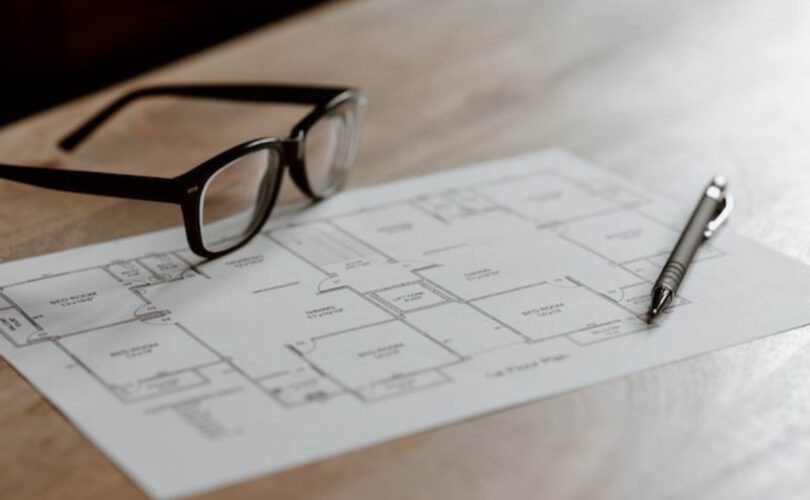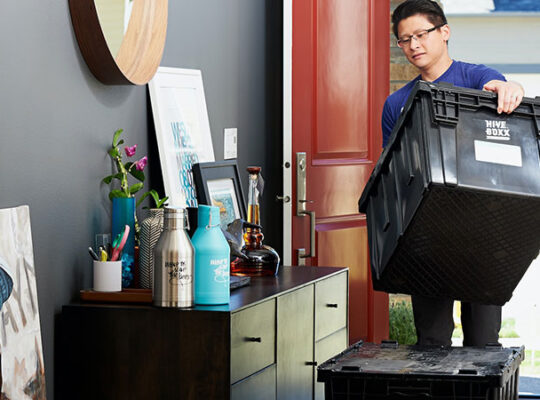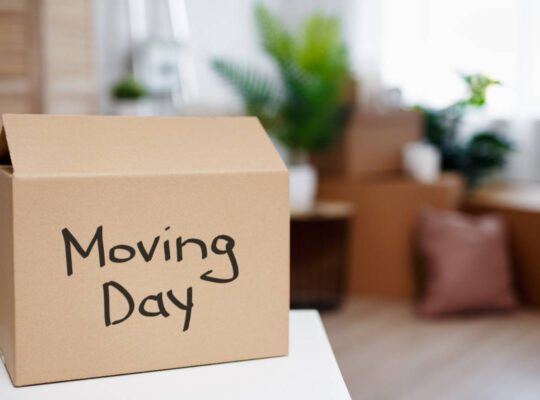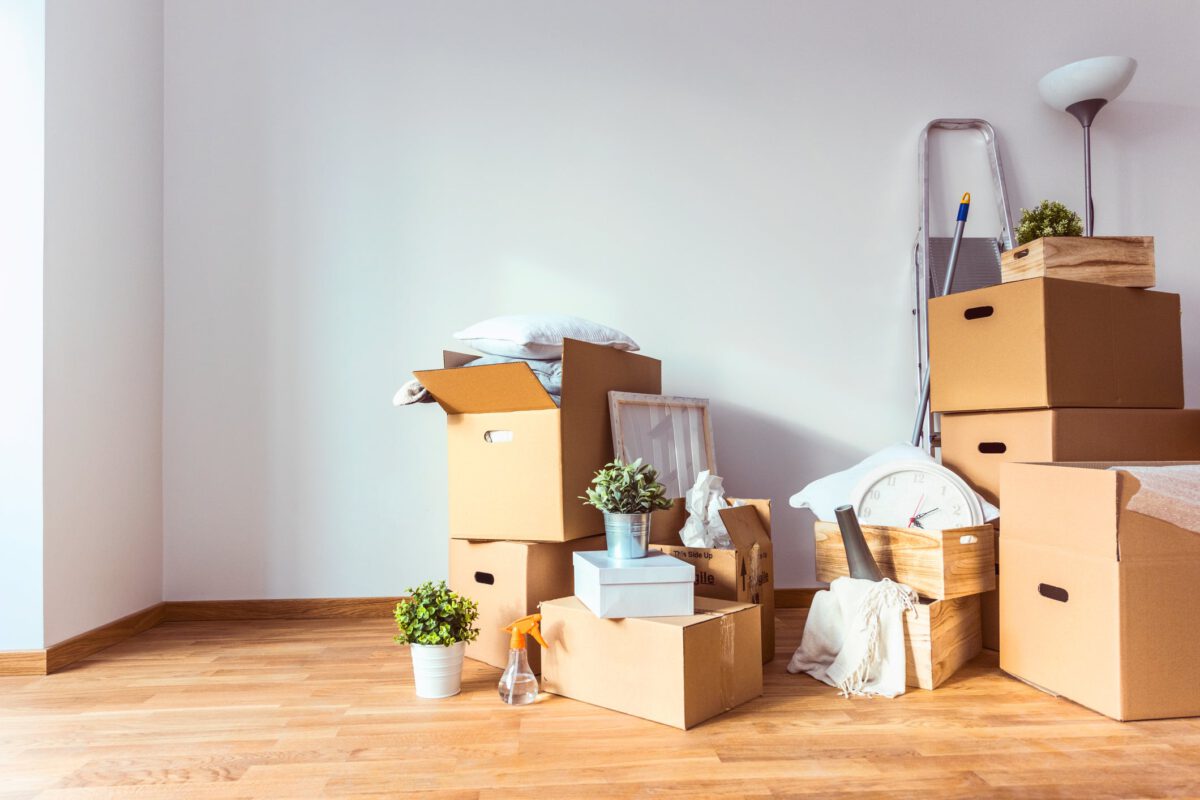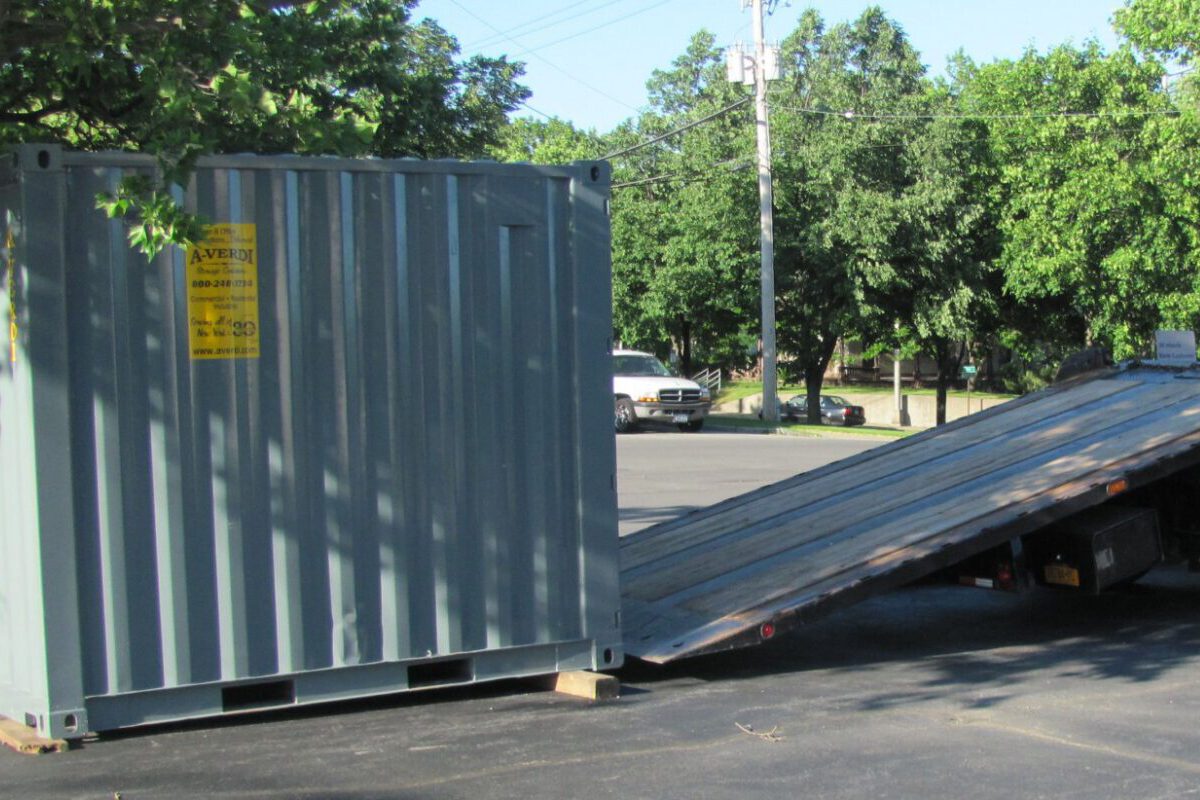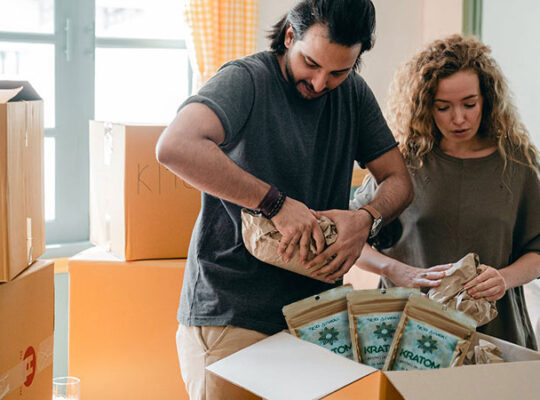You may not believe it – but there’s a way to pack an entire household without losing yourself in all the mess and boxes. However, you need to be organized and have a strategy in order to do that. Unlike randomly putting items into boxes, you can easily turn this bothersome task into a fun project and pack all the belongings in the most organized way. And you’re in the right place to learn how to do it. Here’s the only room-by-room packing guide you’ll need to make your upcoming move smooth and easy.
Prepare your home for packing
It’s best to start with a room you don’t need as much, such as a dining room or garage. It’s also best to pack the rooms that include bulky pieces first, as you’ll get those out of your way and have more space for maneuvering. However, there’s one task you need to do before you start stacking those moving boxes – and that’s decluttering. Go room by room, and get rid of items you no longer need. Most homes pile up clutter over the years, so it’s important to remove all the unnecessary pieces before packing. This will make the room-by-room packing process a lot easier and faster, as you’ll only pack items that have their place in the house.
Gather the supplies
Another essential step is gathering all the tools and supplies you’ll need to pack the entire household. Try to get enough moving boxes, a tape gun, label stickers, markers, wrapping protection, packing peanuts, scissors, and some zip ties. Make sure to get the moving boxes in different sizes, so they can pack all sorts of items. Once you have the right supplies, you can have a smooth packing process and don’t interrupt your work to run to the store to get some more. Being prepared is the job half done!
Packing the kitchen
This room tends to be one of the most difficult to pack, as there are many fragile items to deal with. The first thing you should do is to take care of the food. If there’s enough time until the moving day, you can plan your meals and try to use up the foods you have in your fridge and pantry. Also, you can donate some of the foods you can’t spend on and make the most out of your move.
Packing fragile items such as cups, plates and glasses needs to be done slowly, with a lot of wrapping and packing protection. It’s important to wrap each item individually and try not to overpack the boxes. Use smaller boxes for fragile kitchen items, as they tend to get heavy, which maximizes the risk of damage.
Bonus tip: if you’re out of paper used for wrapping, be creative and use the items you already have. Tea towels can protect plates, whereas socks can o over glasses.
Packing your living room/dining room
These two rooms often include a lot of furniture, art pieces, and house plants. When it comes to furniture, it’s best to dismantle everything you can. This way you can pack the pieces separately and relocate them easily. Packing art pieces is such a delicate task, which is why number1movers.ca experts advise hiring a professional. Valuable pieces need special care and supplies, and an experienced moving team can help you with that. House plants are possible to move if your new home is quite close. However, plants can’t survive long trips, so it’s better to give them away to family and friends before you relocate.
Packing the bedroom
Even though it seems easy, packing a bedroom can also bring some challenges. After decluttering and sorting out your wardrobe, pack clothes organized by season or type, so it’s easier to unpack everything in your new home. Also, be sure to protect fragile items such as lamps and picture frames well before putting them into moving boxes. Finally, to pack a mattress try rolling it up and securing it with a lot of wrap and tape. It will be easier to carry it and place it in the moving truck or storage unit.
Kids’ room – pack together with your little ones
This is a room where you can have little helpers. Packing room-by-room can be exhausting, so it’s very helpful to involve the kids at least in packing their items. They can help with decluttering and sorting out their toys, and packing books and clothes. Again, being organized will help a lot – label each box with its contents. This will make it easier for your kids to unpack, while you do the rest of the house.
Packing the bathroom
The main problem with packing the bathroom is worrying about all the products spilling all over. Luckily, there’s a way to prevent accidents like that. Firstly, try to use up all the products so you don’t need to move half-empty bottles. Next, use plastic wrap to protect the bottles and then put the lids over the wrap – this method prevents leaks and spillages. Also, when packing items into boxes, try not to overpack them and make the boxes way too heavy. Finally, use towels to fill the empty space in the boxes. It will prevent bottles from moving without making the boxes too difficult to carry.
Garage
Last, but not least, we come to the most underestimated room in the house in this room-by-room packing guide – your garage/storage space. People often don’t pay attention to these rooms, thinking they don’t include a lot of important items. However, if you keep your tools, bikes, or hobby items – you need to pay attention to the tools and techniques you’re using. Sharp tools need to be wrapped multiple times before placing them with other belongings in the moving truck. And when it comes to other items, try to sort them out and put them into labeled boxes or plastic containers, so it’s easy to place them in your new garage without making a mess.
Moving a house is not an easy task. However, it can be rather smooth if you’re organized and know how to pack efficiently. We hope this room-by-room packing guide will help you make your upcoming move the easiest one ever.

